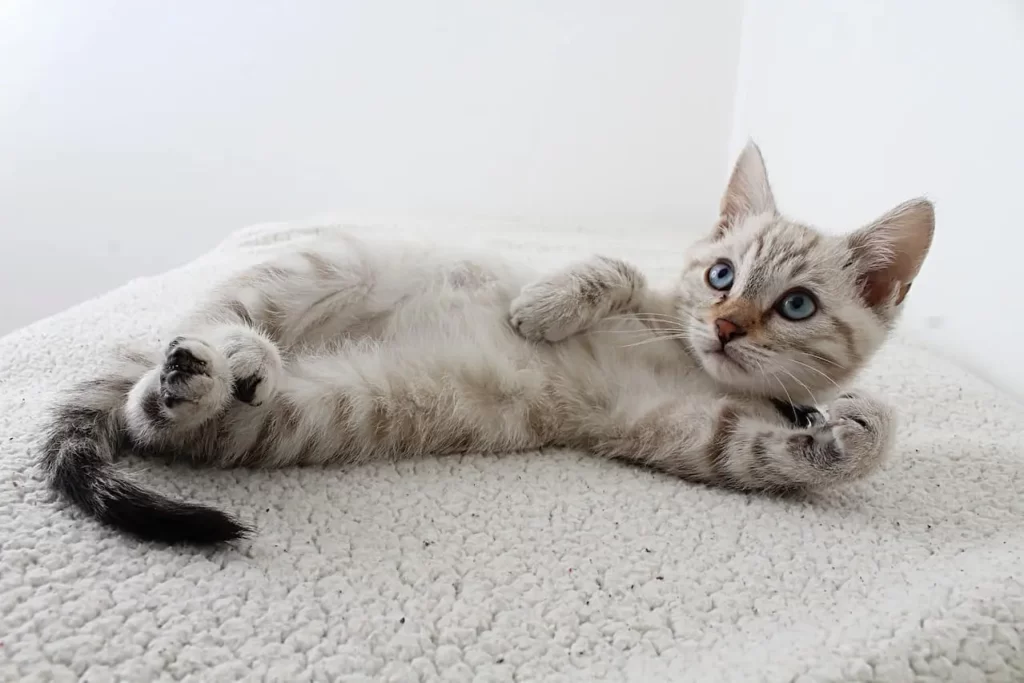Finding your cat pooping in the sink is frustrating, but it is usually a sign that something is wrong. Cats are naturally clean animals, so if they avoid the litter box, they are trying to communicate a problem.
Here is a guide to understanding why this happens and how to fix it.
Why Is My Cat Using the Sink?
There are four main reasons a cat might swap their litter box for your sink:
1. Medical Issues
Before assuming it is a behavioral problem, check your cat’s health. Pain or discomfort during digestion can cause a cat to associate the litter box with pain.
- Common culprits: Urinary tract infections (UTIs), constipation, or intestinal parasites.
- Action: Schedule a vet visit to rule out illness.
2. Litter Box Problems
Cats are very picky about their bathrooms. If the box isn’t perfect, they will look for a cleaner, smoother alternative like the sink.
- Hygiene: The box is too dirty.
- Size: The box is too small for them to turn around in.
- Location: The box is in a noisy area or a spot where the cat feels “trapped.”
3. Stress and Anxiety
Changes in the home can make a cat feel insecure. Pooping in a high-up or open spot like a sink can sometimes be a reaction to:
- New pets or babies.
- Moving to a new home.
- Changes in your daily work schedule.
4. Surface Preference
Some cats simply prefer the cool, smooth feel of porcelain over the texture of gravel or clay litter.
How to Stop the Behavior
Once you have ruled out medical issues, use these steps to get your cat back to the litter box.
Improve the Litter Box Experience
- Scoop daily: Cats hate dirty bathrooms. Deep clean the entire box with soap and water once a week.
- The “N+1” Rule: You should have one more litter box than you have cats. If you have one cat, you need two boxes.
- Change the litter: Your cat might dislike the scent or texture of your current brand. Try a generic, unscented, fine-grain litter.
- Location matters: Move the box to a quiet, private area away from loud appliances like the washing machine.
Make the Sink Unattractive
While you fix the litter box issues, make the sink a “no-go” zone:
- Textural deterrents: Place aluminum foil or double-sided tape inside the sink. Cats hate how these feel on their paws.
- Smell: Leave a few cotton balls soaked in citrus scent in the sink; cats naturally dislike the smell of lemons and oranges.
- Water: Keep an inch of water in the sink (if safe) to discourage them from jumping in.
Clean Accidents Properly
If your cat poops in the sink, do not use ammonia-based cleaners. Ammonia smells like urine to a cat and may actually attract them back to the same spot.
- Use an enzymatic cleaner: These break down the proteins in pet waste to completely remove the scent.
When to See a Professional
If you have improved the litter box and ruled out health issues, but the behavior continues, contact a professional animal behaviorist. They can help you identify specific triggers in your home that are causing your cat’s stress.


